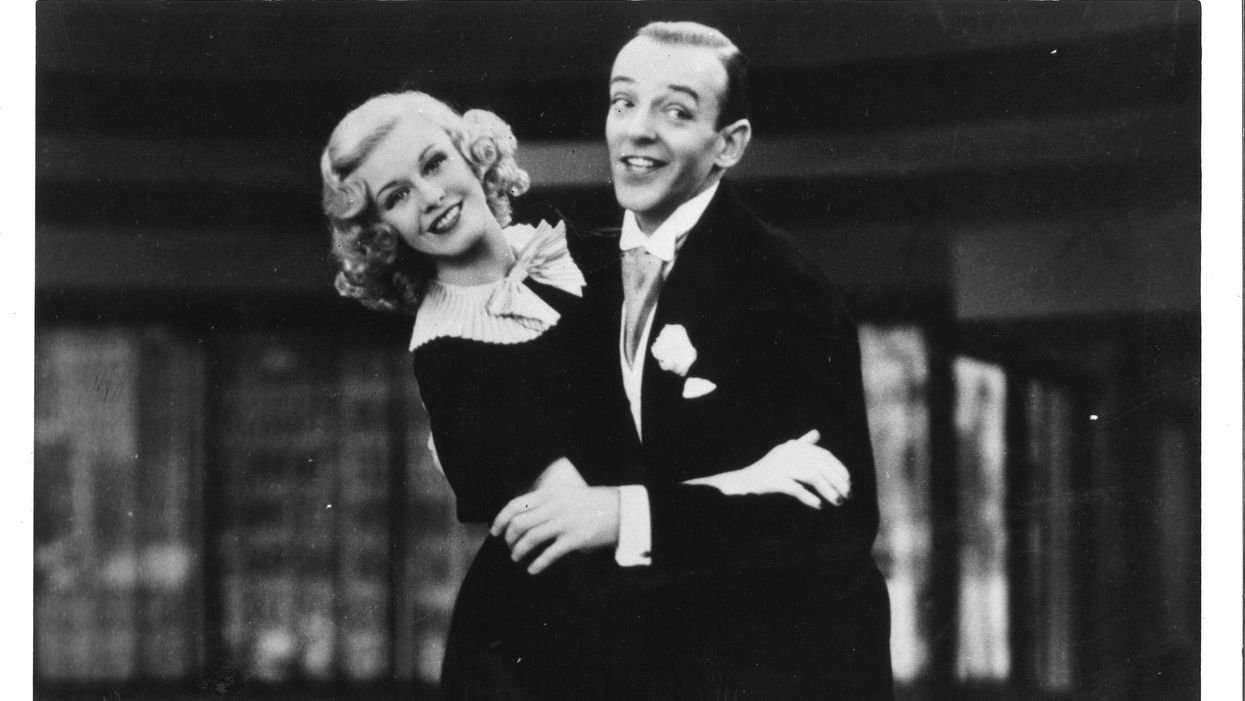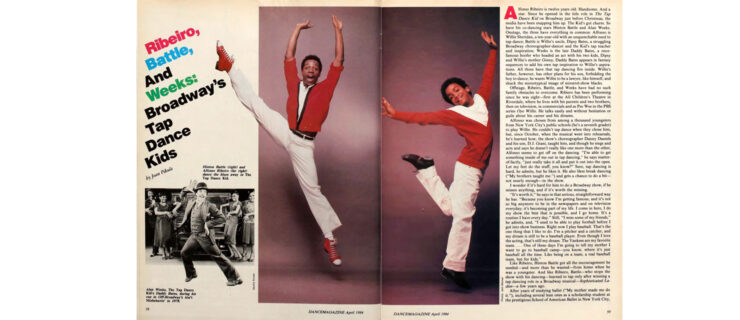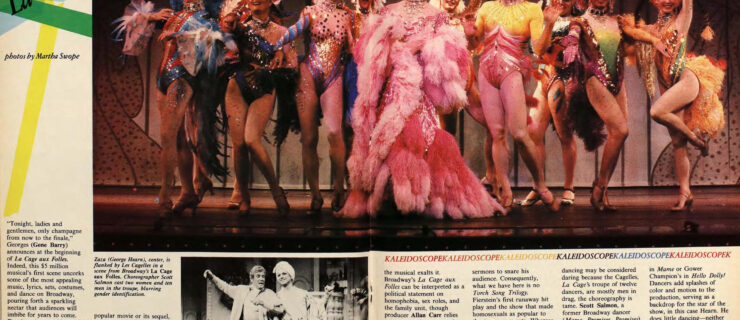TBT: Swing Time and Fred Astaire's Complicated Legacy
Perhaps no film better encompasses the complexity of Fred Astaire’s legacy than Swing Time.
Released in the U.S. in September 1936, the musical film was the sixth in which Astaire appeared opposite Ginger Rogers, and is widely considered one of the strongest (if not the strongest) of their partnership—at least in terms of the dancing. But it also includes the number “Bojangles in Harlem,” an ostensible tribute to tap legend Bill “Bojangles” Robinson in which Astaire, jarringly, appears in blackface.
This tension between movie magic and an ugly reality was echoed in the gap between Astaire’s public facade and private self. After Astaire’s death in June 1987, John Mueller wrote in a tribute for Dance Magazine that he was “not only one of the greatest choreographers of all time, but also one of history’s master illusionists. Astaire’s screen persona convincingly suggested that he was carefree, easygoing, unruffled, resourceful, effortlessly successful, supremely confident.
“In reality, Astaire was consumed by doubt and insecurity…. he often flew into violent rages in a quest for perfection that was relentless, obsessive, and, by his standards, futile: At the end of his musical career, he complained, ‘I’ve never yet got anything one hundred percent right.’… Because his performances are often so contagiously joyous, Astaire also generated the illusion that he enjoyed what he was doing. But it is not clear he ever really liked performing…. For him, an advantage of film work is that it had so little sense of theater—it’s more like rehearsing than performing, he observed, and ‘you don’t have to go to your own opening night.’…
“The real Fred Astaire is gone now, but the illusory one will always be there on film to astonish and to delight: an elegant legacy from a man who never liked to think about the past or to concern himself with posterity.”




